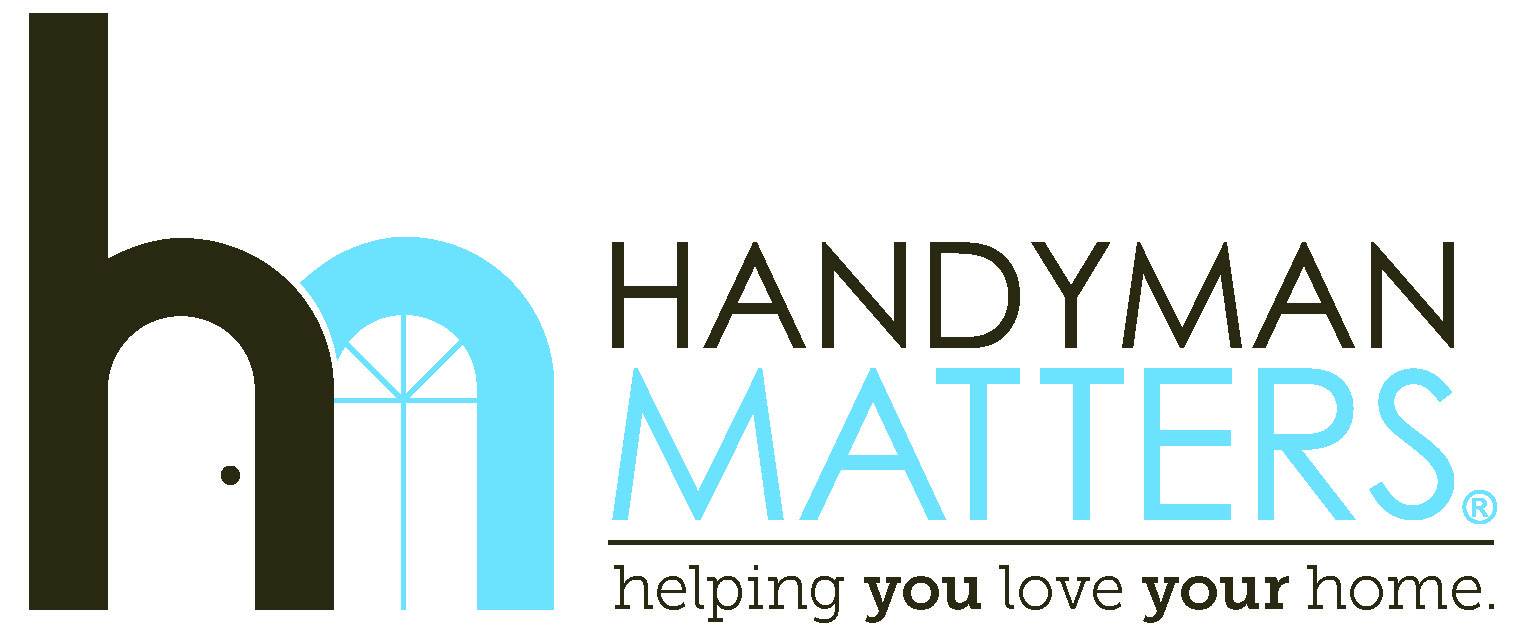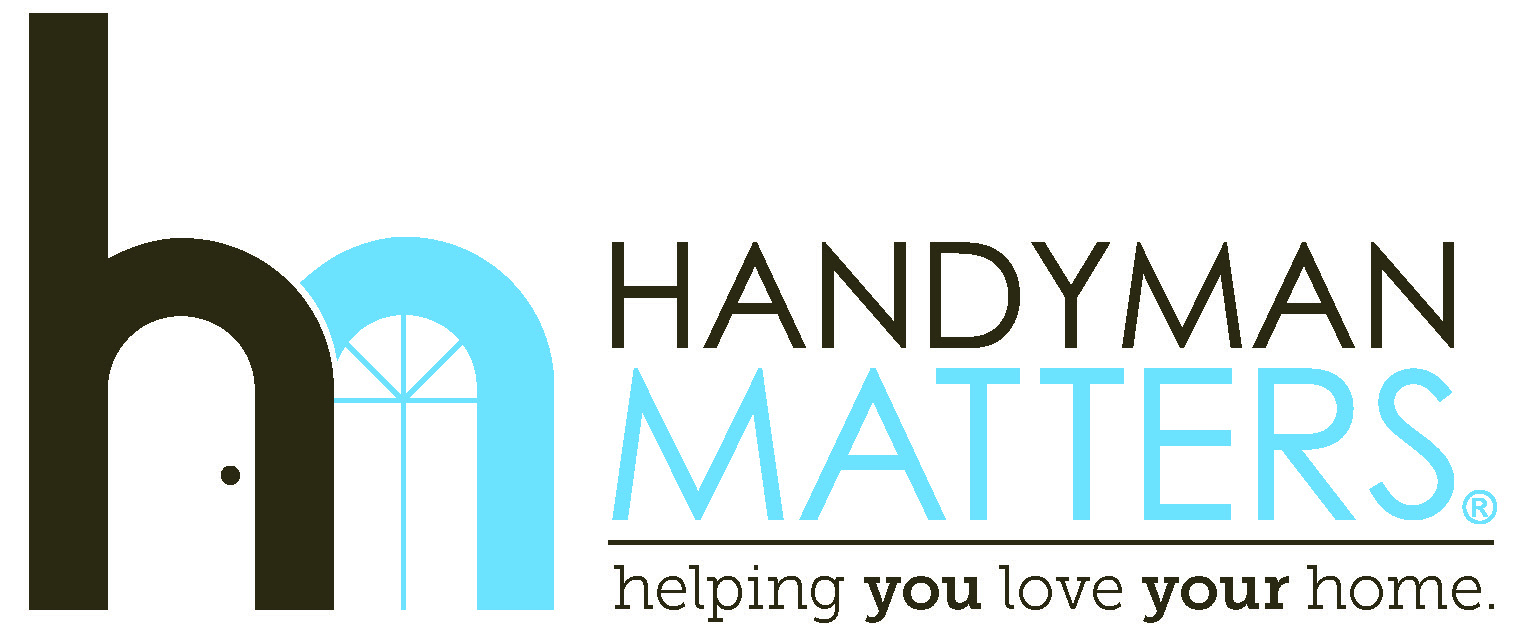Hamlet famously asked, “To be, or not to be: That is the question.” Since he’s contemplating life and death, it might seem a little much to co-opt his line in a blog about association membership, but membership is the lifeblood of an association. If you don’t have a strong membership, every other element of your association—your growth, your finances, your ability to achieve your mission, your relationships with legislators and the community—will be anemic.

So, which is more important: to gain members or retain them? As our buddy Hamlet would say, “Ay, there’s the rub.” It’s a trick question. Gaining and retaining members are equally important—but there’s something even more foundationally important than that. Let’s explore.
To Gain or Retain Members? The Level 1 Answer
Businesspeople often ask me: Which is more important, bringing in business or getting the work done? My answer is Both! I get why they’re asking. It’s hard to juggle both at the same time: When you’re doing a great job bringing in business, you’re struggling to fulfill on the business you’re closing; when you’re doing a great job completing work for your clients, you’re not spending as much time selling new business and you run out of work to do because you’re not closing new contracts. The key is to find a balanced way do both at the same time.
That’s not as tricky as it sounds. Even though bringing in business and getting client work done might seem unrelated, they aren’t. If you’re doing stellar work for your clients, they’re likely to be so thrilled with you that they refer you to others. Referrals are the easiest way to bring in business because people trust people; when someone hears from a person they trust that Company A does amazing work, they’re much more likely to work with Company A.

The same is true for associations: You have to find a balanced way to both gain members and retain them at the same time. And though those might seem, on the surface, like two different kinds of work, they aren’t.
You gain members by spreading the word about the importance and excitement of your mission and by communicating why your membership is valuable to prospective members. You retain members—that is, the keep renewing their membership, year after year—by delivering on that value with engaging meetings and events, networking and education opportunities, and other programming. When you’re successful at retaining members because they appreciate the value they get, three things happen:
- Those happy members recruit new members because they’re excited about the value of their membership and want others to experience that value.
- It gets easier to attract new members because you already have in place a proven menu of the kinds of valuable offerings that attract the kinds of members you want.
- You don’t have a hole in your membership bucket, so you’re not constantly having to pour new members into it to replace the members who are draining out*
* An important caveat here: In theory, when current members aren’t leaving you don’t have to attract as many new members to reach your financial and membership goals. But I encourage you not to rest on your laurels; instead, keep working to gain new members so that you can grow and blow past your goals. It will be easier to gain new members anyway, because programming that increases retention also makes it easier to convert prospects to members.
Let’s do a quick summary: Focusing on gaining new members and retaining current members at the same time strengthens your ability to do both well. Prospects are attracted by the value you provide to current members, and current members are motivated to reup their membership every year to keep getting that amazing value. Current members are also so excited by their membership that they encourage others to join.
(By the way, members who are excited by the value they’re getting from their membership are also motivated to give back to your association by getting involved—which is going to be important in the next section.)
So the answer to the question Should I focus on gaining or retaining members? is Both! Which makes the question a trick question—for two reasons: because it isn’t the entire answer, and because it’s not actually the first question you should ask.
Intermission: How Are You Feeling?

Let’s take another page from Hamlet and pause for an intermission. If I had to guess what you’re feeling so far, I’d say it goes something like this: Yeah, yeah, Jim. Great idea: gain and retain at the same time. No problem. I’ll just tap into some of the extensive amount of free time I’ve got, and throw some extra energy at that.
I get it; I really do. I wrote about being overloaded and overwhelmed myself in this newsletter. In it, I share four steps I take to alleviate overload in the moment. We all need a process to help us through times of acute stress, but we also need a longer term approach to decrease the frequency of those times.
Keep reading. This next section will help develop that longer term approach and find the time and energy you need to do all the work you have to do, more effectively and with less stress.
To Gain or Retain Members? The Level 2 Answer
Should I focus on gaining or retaining members? isn’t the first question you should ask because the answer feels like it’s a lot of hard work. A better first question to ask is How do I manage my time and energy so I can get all my work done, more effectively and with less stress? If you can figure that out—and I’m here to help you do just that—then working on gaining and retaining members at the same time becomes a lot easier.
So what is the answer to How do I manage my time and energy so I can get all my work done, more effectively and with less stress? It’s simple: Get help.
Let’s break that down into two parts:
- Getting external help by tapping into the time and energy of your staff, your board and your volunteers
- Getting internal help by tapping into new ways of managing your own time and energy
Getting External Help

Membership is the lifeblood of your association, but blood doesn’t circulate in our bodies by itself; it runs through our veins and organs and is supported by our bones and muscles. In the association world, the bones and muscles are your staff, your board and your volunteers. When they are strong, your association is strong. When you pool their time and energy, there’s more time and energy to devote to the work of your association. To mix my metaphors: Many hands make light work.
You may be finding that people aren’t naturally stepping up. That’s often because they don’t know what’s needed. In fact, you may not know right off what you need help with. Here’s how to address both:
- Decide what you need help with. Identify small tasks that you don’t like doing or shouldn’t be doing, and large tasks that you shouldn’t be doing by yourself.
- Prioritize. Which of those tasks has the biggest impact on your association? If your members value networking but aren’t getting enough opportunities, maybe that’s a Priority 1.
- Ask for help. Help can come from your staff, board, committees and other volunteers or from outside resources (like me!).
- Provide support. It’s tempting to delegate and drop, but by being available, answering questions and providing training or guidance when necessary, you help the people helping you succeed.
- Get feedback. When a task or project is done, gather feedback that will help you and your team avoid bumps in the future and improve the process.
* Engaging a virtual assistant is a great—and inexpensive—first step to take; you pay only for the help you need, and can afford.
Before we move on to internal help, I want to go back to the Prioritize step, where we identified increasing networking opportunities as a potential priority. I hear from associations and their members about how vital networking opportunities are, and yet so many people don’t feel like they do it well. Here are three ways to improve your networking offerings and help your members grow their skills, starting with something super easy:
- Share networking resources with your members via email. (I’ve got a couple ready for you already: a blog article How to Take the WORK Out of Networking® and a podcast Networking Makes Me Nervous, Too!)
This email address is being protected from spambots. You need JavaScript enabled to view it. to me to talk about bringing my popular How to Take the WORK Out of Networking® talk to your members, to help them learn to become more comfortable with networking.- Ask members of your Membership Committee to schedule a networking-focused event each month or to incorporate networking time into existing events.
Getting Internal Help
When you’re feeling overloaded and overwhelmed, it seems counterintuitive to take time and energy to manage your already stretched time and your already exhausted energy. But I promise that if you take these steps, you’ll get more done, more effectively and more efficiently, with way less stress.

- Get external help. I know we just covered this, but I find that people can be reluctant to ask for help or to trust others to get things done. The fact is, you can’t do this alone; there are not enough hours in the day. In my blog The 5 Keys to Association Success, I offer a bonus Key which is Get an assistant. Getting an assistant is so important that I have a whole podcast about why it’s important and how to afford one.
- Tap into your purpose and passion. When you’re excited about what you do, everything feels easier. If you’ve lost sight of why you do what you do, take a few minutes to remind yourself by asking:
- Why does my association exist? What is its mission?
- What difference do I want to make for our members, our industry and our community?
- How does my work help us make that difference?
- Manage your time by blocking your time. Block scheduling is one of the most effective time management tools out there. In block scheduling, you set aside blocks of time to focus on one task or type of work at a time. You can learn more about block scheduling and see an example in my blog Find Time By Saving Time. The example is for a business, but it’s easily adaptable. You’ll find some other good tips in there, including Hire an Assistant.
- Be positive—or get back to being positive. People often ask me how it is that I’m always so energetic and positive. The truth is, I’m not always, but I know that focusing on the negative just gets you more of the same. When I’m struggling to feel positive, the first thing I do is try to get out of that negative headspace by taking a walk, listening to a song I love or making a quick call to a friend. Then I ask myself What is one thing I can do right now to make something better? Sometimes, all I can do is tidy my desk. But taking control of even that small thing helps. I also make sure I’m celebrating my successes. It’s easy to focus on what’s going wrong; we should all take the time to make sure we acknowledge when things go well.
- Get external help. Yep, here it is again. That’s because it is so important.
Bringing It All Together to Gain and Retain Members Without Getting Overwhelmed and Overloaded
Getting back to our friend Hamlet: After he said “To be, or not to be: That is the question,” he spent quite a while dithering about whether he would be or not be. Don’t follow his example: Decide right now that you are going to be. You are going to:
- Gain new members and retain existing members by offering amazing value
- Tap into new ways of managing your own time and energy
- Get external help by tapping into the time and energy of your staff, your board and your volunteers—oh, and me, too
I know what it’s like to be overloaded and overwhelmed, and how hard it can feel to take the first step to reboot. Please




































































